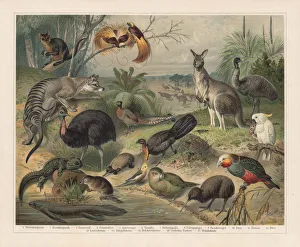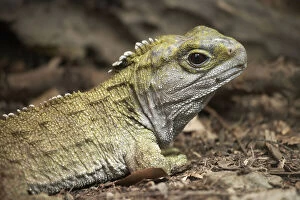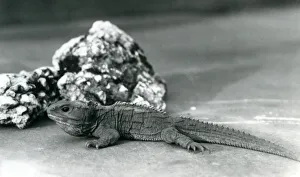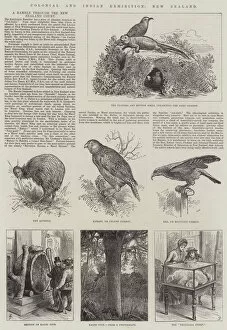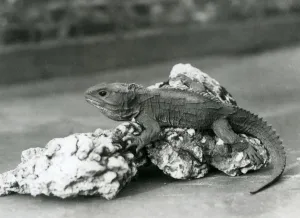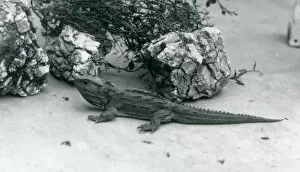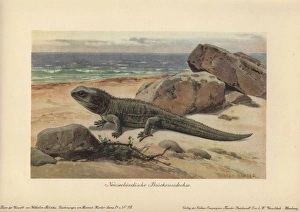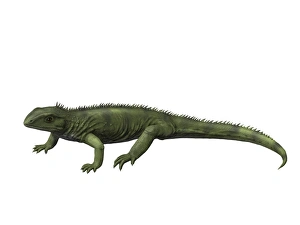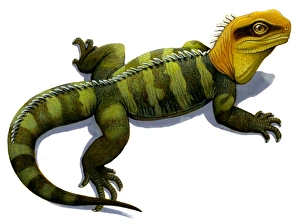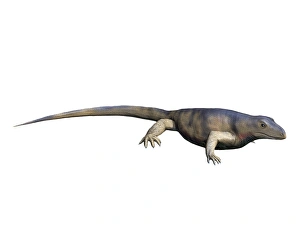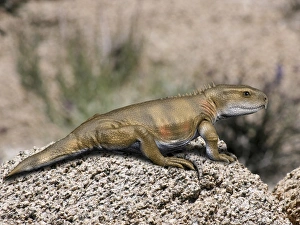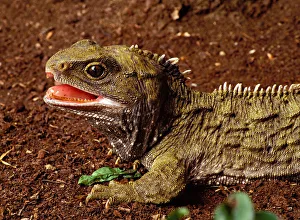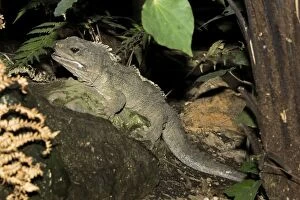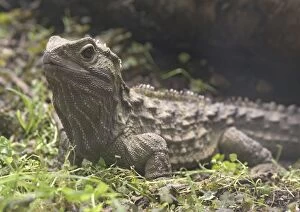Tuatara Collection
The tuatara, also known as the Hatteria punctata or the great fringed lizard of New Zealand
All Professionally Made to Order for Quick Shipping
The tuatara, also known as the Hatteria punctata or the great fringed lizard of New Zealand, is a fascinating creature that has captivated people's attention for centuries. This Australian wildlife species was first documented in a lithograph published way back in 1897. With its unique appearance and ancient lineage, the tuatara stands out among reptiles, and is often referred to as a living fossil due to its remarkable resemblance to prehistoric reptiles that roamed the earth millions of years ago. The tuatara's distinct features have been captured in various black and white photographs taken at London Zoo during the late 1920s. One such photograph shows a tuatara lying peacefully in front of a rock, showcasing its natural habitat even within captivity. Another image depicts a Cook Strait or Northern Tuatara from around 1923, providing us with glimpses into this magnificent creature's life. During this time period, these photos were not only valuable for their scientific significance but also served as educational tools for those interested in learning about exotic animals from faraway lands. They were showcased at events like the Colonial and Indian Exhibition held in New Zealand where engravings of these incredible creatures were displayed. London Zoo played an essential role in introducing tuataras to audiences worldwide through exhibits featuring these captivating reptiles. Several images capture them basking on rocks or simply existing within their enclosures while visitors marveled at their presence. Even today, researchers continue to study and learn more about this enigmatic species that has managed to survive against all odds. The DDE-90026475 and DDE-90026433 codes associated with these photographs serve as reminders of our ongoing efforts to document and understand nature's wonders. The eyeUbiquitous_20100510 code represents yet another snapshot capturing the essence of this living fossil reptile—a testament to its enduring legacy throughout history.

